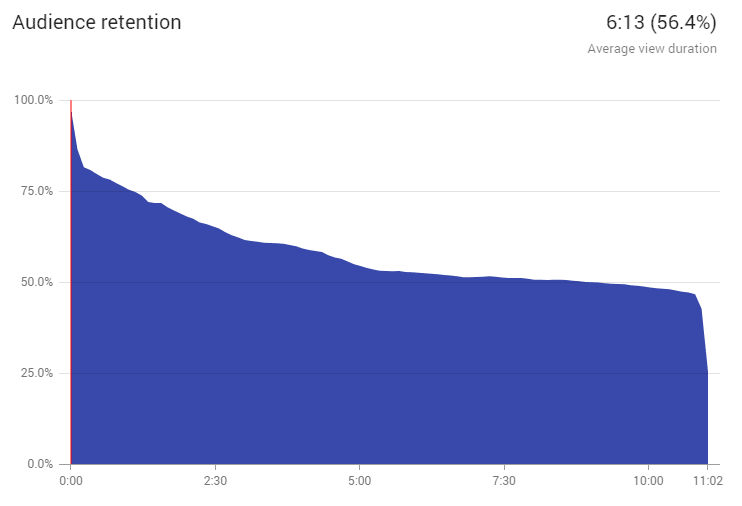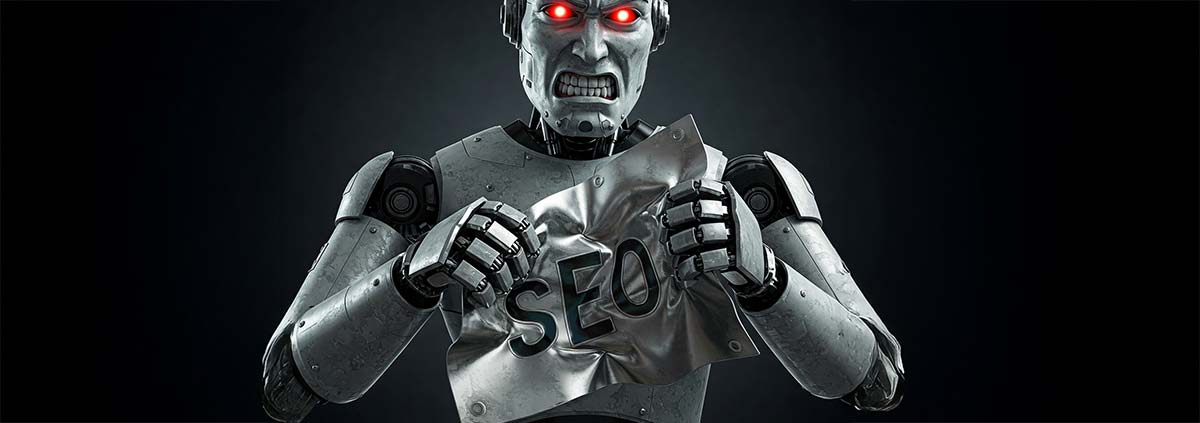| Thank you for Signing Up |


Many SEOs would disagree that clickbait campaigns can be successful. However, there are established clickbait concepts that actually work very well. Surprised?
The term clickbait does not have a good reputation among SEOs and Paid Search specialists. They are more likely to be associated with spam. Often, they seem to origin from developing countries. If you want to do serious marketing and create value high-quality traffic, you should not go with clickbaits, right?
The fact is, the biggest portals and gatekeepers in the world live only by clickbaits. Actually, if you think of it, one of the biggest clickbait websites is YouTube itself.
Let’s face it: How many times have we searched for a specific information, but ended up on a completely different video because of a clickbait thumbnail? In the end, you ask yourself: “How did I get here?”.
YouTube is a great example of how clickbait photos used as thumbnails work. Anyone who knows the Google algorithm as an SEO knows that neither YouTube nor Google Search basically wants to admit that it tolerates clickbaits.
But wait a minute — how can clickbaits be successful and and at the same time not tolerated?
Tell us more about your business and we’ll tell you how we can help!
The answer is simple: Good clickbaits work, and bad clickbaits don’t. If you really want to know how to make money with clickbaits anyway, we have to dig into the realm of clickbaits a little deeper:
What is a Clickbait Anyway?
The definition of clickbait is when a teaser lures users with false promises to a specific source. Typical clickbait thumbnails or clickbait images are ones that arouses the interest of a user. It would cause user expectation with a typical clickbait title and clickbait photo such as an image of the pope sitting in a space ship with the clickbait headline “Pope booked a flight to the moon”. And when you click on it you land on a page selling supplements for hair loss.
That’s actually how clickbaits won’t generate much money and is the worst way of conducting clickbait marketing, as the expected conversion rates would be very low. In this example, the changes are pretty low that someone wanted to see the pope in a space ship and at the same time was desperately looking for hair loss supplements. A clickbait advertising like this one would try to sell a product to random people and is not considered targeted advertising. And if there is one thing we know, the first step how to to sell products and services is targeted advertisement.
How Do Clickbaits Work?
Fact is that Google and thus YouTube is not able to identify clickbaits. Basically, Google will only know if a specific content was consumed by the user or not. If the content is consumed by the user, Google will see this as a positive signal, i.e. if the user engages and stays on the clickbait article or media, Google will assumes that it was relevant to the user. This means, it does not matter if the user expectation was actually fulfilled or not. After all, Google cannot read through people’s minds, and is only able to measure the engagement of users.
In case of websites, for example, Google measures the user’s interest by its length of stay on the page called “time on page”. For videos, the Retention Rate is the key performance indicator (KPI), i. e. how long users watched videos before they bounced off. Below is an example of YouTube Analytics of the retention rate of a YouTube Channel. It shows that 56.4% of the users watched the whole video, while others clicked away — which is considered a good retention rate by the way for YouTube SEO.

This means, if a video engages the user or lets him/her watch the video long enough, Google will assume that it was of interest for the user — even if it was a clickbait. Negative comments and dislikes are even further indicators for Google that the video was met with interest. Likes and dislikes alike, and comments are positive signals for user engagement that Google will award with higher positions and rankings. That’s how YouTube clickbait thumbnails works best.
Another very good example of well-functioning Clickbait are gif portals like Giphy. Giphy is the best example on how to make a clickbait website. Most users land on Giphy because they have seen some gif animation on other sources, mostly used as clickbaits. As soon as the user lands on Giphy, they are is being overwhelmed by further clickbait gif animations. Many users spend several minutes on Giphy and click at least to 5 more clickbait thumbnails, before they eventually come to their senses asking themselves:
“What the heck am I doing here?”
However, even the user feels that it wasted its time, they would have sent Google an important signal: The pages on Giphy were indeed interesting and relevant for them. Why else would the user have clicked around?
Clickbait Conclusion
Clickbaits must be designed to engage the user at the destination source. A user clicking on a clickbait and bouncing off is a negative signal for both search engines including YouTube. In this case, Google will think the content was not relevant and will rank the source down.
Let’s take that example with the pope in the spaceship. Imagine a user would have clicked on that dubious clickbait headline and would have seen further clickbait headlines such as “taxi cab driving Bill Gates and becomes a millionaire”, “a 3 year old looking like Arnold Schwarzenegger”, “A green bear looking like Hulk”—and have clicked on these as well. In this case Google would assume the article with the pope in the spaceship was relevant as it would have caused user engagement. Hence it would rank “the pope in the spaceship” much higher in its search engine result pages.
How to Successfully Clickbait on YouTube
YouTube has a strong clickbait culture. To be noticed among the many successful Clickbaits, the serious contributions often go undetected. Fact is that it’s important for even serious topics to create a kind of sensation. Therefore, interesting thumbnails are more promising on YouTube.
Thus, video descriptions (the first paragraph) are of importance, as they have to immediately appeal to the user. For example, a user may be looking for a video about baking a cheesecake — but, due to the YouTube culture, they will most likely click on the image with the cheesecake, which has the image of the President of the United States: because it’s just more bizarre and interesting. Likewise, in this case, the description “How to bake a cheesecake” would not get much attention, and most of the clicks would get the video titled “Is this the best cheesecake in the world?”.
Of course, these are just clickbait headline examples, but I’m sure you can do better.
Happy clickbait hunting!
Tell us more about your business and we’ll tell you how we can help!
| Thank you for Signing Up |



 by
by 

